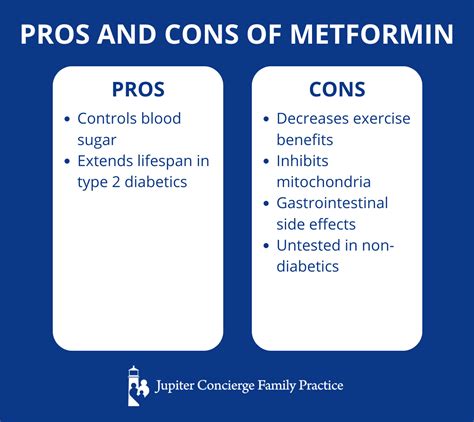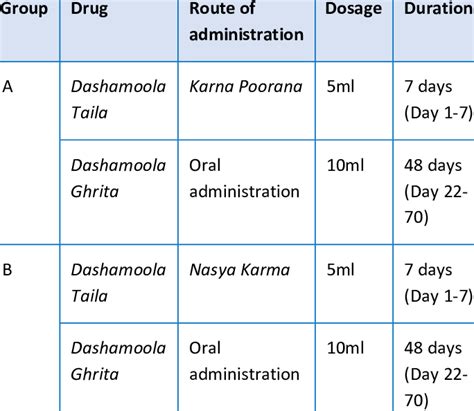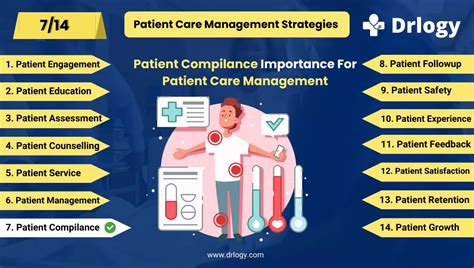Intro
Discover 5 crucial Metformin ER facts, including its benefits, side effects, and dosage. Learn about extended-release metformin, diabetes management, and glucose control to make informed decisions about your health.
Metformin ER, also known as extended-release metformin, is a medication commonly used to treat type 2 diabetes. It belongs to the biguanide class of drugs and works by decreasing glucose production in the liver, increasing insulin sensitivity, and thereby lowering blood sugar levels. Understanding the facts about Metformin ER is crucial for patients who are prescribed this medication, as it can help them manage their condition effectively and minimize potential side effects.
The importance of managing type 2 diabetes cannot be overstated. Diabetes is a chronic condition that affects millions of people worldwide, and if left unmanaged, it can lead to serious complications such as heart disease, kidney damage, and nerve damage. Metformin ER is often the first line of treatment for type 2 diabetes due to its efficacy in lowering blood sugar levels and its relatively favorable side effect profile compared to other diabetes medications. However, like any medication, it's essential to understand how it works, its benefits, and potential side effects to ensure safe and effective use.
Managing type 2 diabetes involves a combination of lifestyle changes and medication. Lifestyle changes include dietary adjustments, increased physical activity, and weight management. When these changes are not enough to control blood sugar levels, medications like Metformin ER are introduced. The decision to start Metformin ER should be made under the guidance of a healthcare provider, who can monitor its effectiveness and adjust the treatment plan as necessary. This personalized approach to diabetes management is key to achieving optimal blood sugar control and preventing long-term complications.
Introduction to Metformin ER

How Metformin ER Works
The mechanism of action of Metformin ER involves several key processes that ultimately lead to lowered blood glucose levels. It decreases glucose production in the liver, increases insulin sensitivity, and enhances glucose uptake by muscles. These actions combined help to reduce blood sugar levels in individuals with type 2 diabetes. Understanding how Metformin ER works can help patients appreciate the importance of adherence to their prescribed treatment regimen.Benefits of Metformin ER

Potential Side Effects
While Metformin ER is generally well-tolerated, it can cause side effects, particularly gastrointestinal symptoms such as diarrhea, nausea, and abdominal bloating. These side effects are often temporary and may diminish over time. In rare cases, Metformin ER can cause more serious side effects, such as lactic acidosis, a condition characterized by the buildup of lactic acid in the blood. It's essential for patients to be aware of these potential side effects and to discuss any concerns with their healthcare provider.Dosage and Administration

Interactions with Other Medications
Metformin ER can interact with other medications, including cimetidine, which is used to treat ulcers, and certain medications used to treat high blood pressure. These interactions can affect the levels of Metformin ER in the blood or increase the risk of side effects. Patients should inform their healthcare provider about all the medications they are taking, including over-the-counter drugs and supplements, to minimize potential interactions.Lifestyle Changes to Enhance Metformin ER Effectiveness

Monitoring Blood Sugar Levels
Regular monitoring of blood sugar levels is crucial for patients taking Metformin ER. This helps to assess the effectiveness of the medication and make any necessary adjustments to the treatment plan. Patients should work closely with their healthcare provider to determine the best schedule for monitoring their blood sugar levels and to understand what the results mean in terms of their diabetes management.Patient Compliance and Education

Long-Term Management
Type 2 diabetes is a chronic condition that requires long-term management. Patients taking Metformin ER should be prepared to commit to lifelong monitoring and management of their condition. This includes regular check-ups with their healthcare provider, ongoing monitoring of blood sugar levels, and adjustments to their treatment plan as needed. With the right approach and support, individuals with type 2 diabetes can lead active and healthy lives.Conclusion and Future Directions

Final Thoughts
The management of type 2 diabetes with Metformin ER requires a comprehensive approach that includes medication, lifestyle changes, and ongoing monitoring. By taking an active role in their diabetes care, individuals can achieve better blood sugar control, reduce the risk of complications, and improve their overall quality of life. It's essential for patients to stay informed and engaged in their care, working closely with their healthcare team to make informed decisions about their treatment.What is Metformin ER used for?
+Metformin ER is used to treat type 2 diabetes by lowering blood sugar levels.
How does Metformin ER work?
+Metformin ER works by decreasing glucose production in the liver, increasing insulin sensitivity, and enhancing glucose uptake by muscles.
What are the potential side effects of Metformin ER?
+Potential side effects include gastrointestinal symptoms like diarrhea, nausea, and abdominal bloating, as well as rare but serious conditions like lactic acidosis.
We invite you to share your thoughts and experiences with Metformin ER in the comments below. If you found this article informative, please consider sharing it with others who might benefit from this information. Your engagement and feedback are invaluable in helping us provide the most relevant and useful content for our readers.
